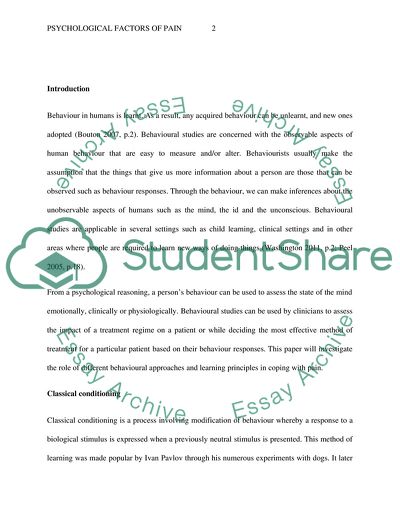Cite this document
(The Impact of Psychological Factors on Patients Pain Experience Coursework, n.d.)
The Impact of Psychological Factors on Patients Pain Experience Coursework. https://studentshare.org/psychology/1873388-analyse-the-impact-of-psychological-factors-on-patients-pain-experience-and-coping-with-their-condition
The Impact of Psychological Factors on Patients Pain Experience Coursework. https://studentshare.org/psychology/1873388-analyse-the-impact-of-psychological-factors-on-patients-pain-experience-and-coping-with-their-condition
(The Impact of Psychological Factors on Patients Pain Experience Coursework)
The Impact of Psychological Factors on Patients Pain Experience Coursework. https://studentshare.org/psychology/1873388-analyse-the-impact-of-psychological-factors-on-patients-pain-experience-and-coping-with-their-condition.
The Impact of Psychological Factors on Patients Pain Experience Coursework. https://studentshare.org/psychology/1873388-analyse-the-impact-of-psychological-factors-on-patients-pain-experience-and-coping-with-their-condition.
“The Impact of Psychological Factors on Patients Pain Experience Coursework”. https://studentshare.org/psychology/1873388-analyse-the-impact-of-psychological-factors-on-patients-pain-experience-and-coping-with-their-condition.


